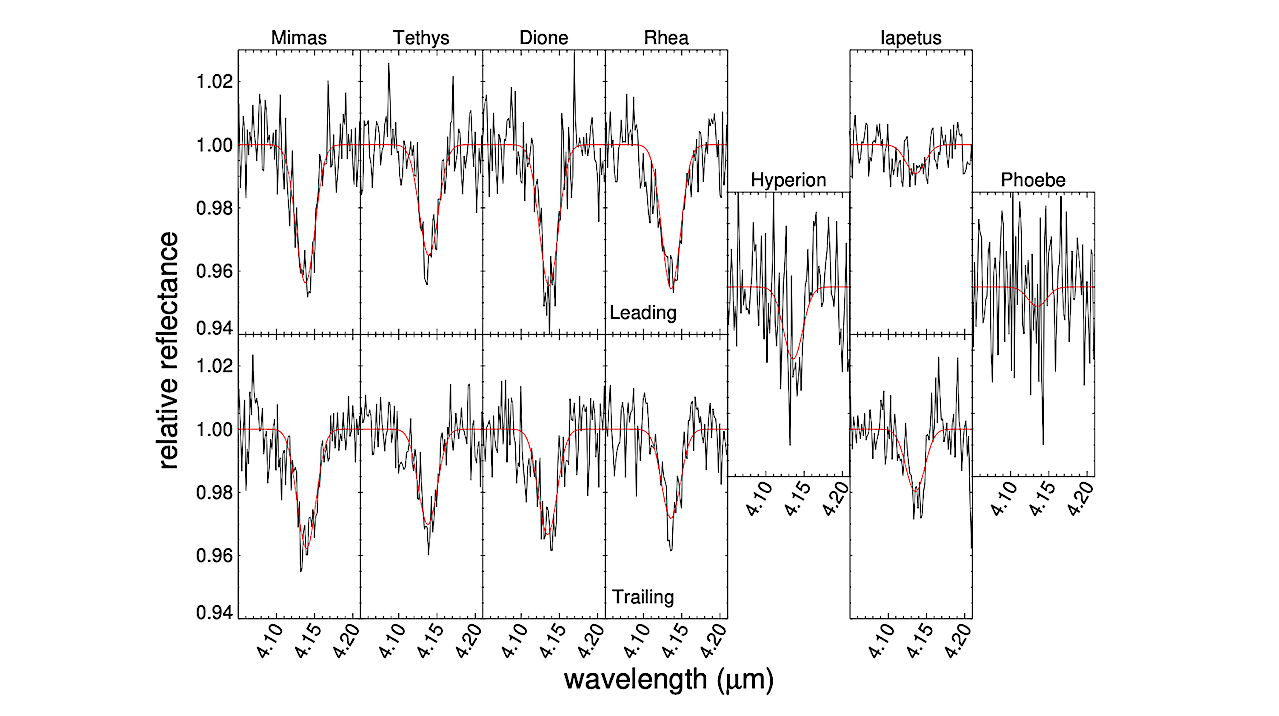Discoveries about deuterated water ice on Saturn’s satellites are transforming our understanding of how water traveled across the solar system. Scientists now study the deuterium to hydrogen (D/H) ratio in water ice to unlock clues about the ancient processes that shaped planetary bodies. This ratio acts like a cosmic fingerprint, revealing how water formed and evolved in the protostellar nebula before becoming part of Saturn’s intriguing moons.

Why is the D/H Ratio Important?
The D/H ratio in water ice tells us about the origins and transformation of water in the early solar system. By comparing this ratio across different moons, researchers can track how water was processed and delivered to Saturn’s satellites. These findings not only shed light on Saturn’s past but also offer insights into water’s journey to other planets and moons. The study of deuterated water ice continues to be a vital tool for astrobiologists, helping them piece together the story of water—and potentially life—across our cosmic neighborhood.
Looking Ahead
As scientists gather more data from Saturn’s satellites, we can expect even deeper insights into the history of water in our solar system. Each discovery brings us closer to understanding the processes that make planets and moons habitable.
















